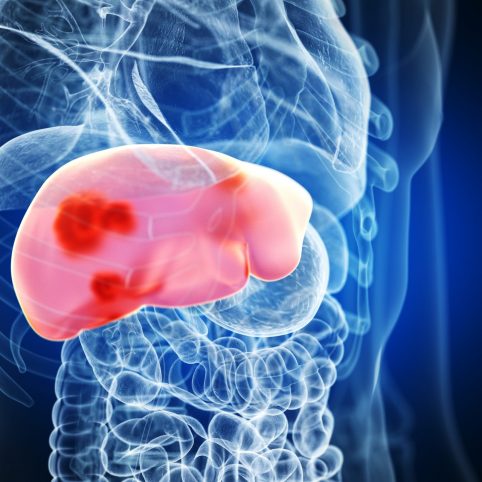Haemophilia and thrombosis
Thrombosis, also called a blood clot, is the final product of the blood clotting. People with haemophilia historically would have been at lower risk of thrombosis as their blood did not clot normally. However, with improving treatments and factor levels becoming higher after treatment, the risk may be coming closer to the normal population risk. Thrombosis has also occurred as a side effect of some of the new or novel therapies.
Haemophilia historically was considered as providing some amount of protection from cardiovascular disease as some of this disease is caused by blood clots. While this may have been the case, thrombosis in haemophilia has become more common with access to modern clotting factor concentrates in the 1970s. From then on, thrombotic events in people with haemophilia were mainly reported in people who used prothrombin complex concentrates (PCC) that contained other clotting factors. Thrombotic events were also observed in patients with haemophilia and inhibitors using activated PCC (aPCC). Currently, thrombotic events have been observed in clinical trials with novel non-replacement therapies. More importantly, we have the first-generation people with haemophilia getting older, and thrombotic events are a common co-morbidity of older populations.
It is important to note that thrombosis in haemophilia remains a rare phenomenon with the current estimated incidence of one per 1,000 patient-years. Although the risk of thrombosis in haemophilia is rare, the risk is real and increases as the population ages. Maintaining a healthy lifestyle and having a good dialogue with your doctor with regular check ups are a proactive approach to managing the potential for a thrombotic event.
Haemophilia and Liver Health
The importance of monitoring the liver in people with haemophilia who have cleared Hepatitis C (HCV) has been identified as an important part of ongoing care. Despite clearing the HCV infection, people may already have some form of liver damage such as fibrosis or cirrhosis, which remains a risk factor for liver cancer. While the risk is higher when the individual has cirrhosis, it is important to note that liver cancer can also occur in patients without cirrhosis. Eradication of HCV is critical to reducing the risk of developing cancer. However, it is also crucial to monitor liver health long term.
This assessment can be performed with several tools, such as hepatological first assessment, liver ultrasound, and non-invasive evaluation using fibroscan. For patients showing liver damage, the visits with hepatologists should be every 6 months to a year and they may need more imaging such as MRI.
Additionally, in the era of gene therapy, liver health will also be very important. Lifestyle choices should be made to reduce the work the liver has to do now, so it is in good health, if gene therapy becomes an option for you in the future. Reducing alcohol intake, drinking coffee, increasing activity levels and healthy eating have an impact on your general health but also help reduce the build up of fat on the liver and helping keeping your liver working well long into the future.
